Chalmers team develops structural battery that performs 10x better than previous versions
Green Car Congress
MARCH 23, 2021
It contains carbon fiber that serves simultaneously as an electrode, conductor, and load-bearing material. The structural battery uses carbon fiber as a negative electrode, and a lithium iron phosphate-coated aluminum foil as the positive electrode. GPa, and tensile strength exceeding 300?MPa. Image: Marcus Folino.

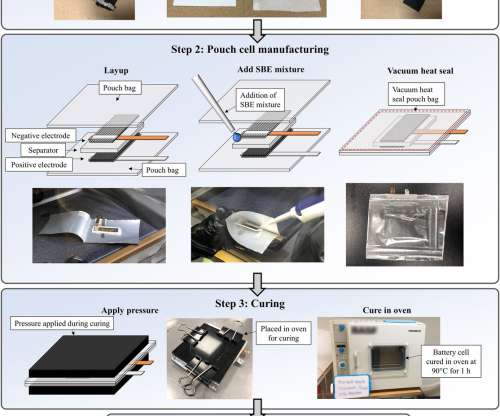




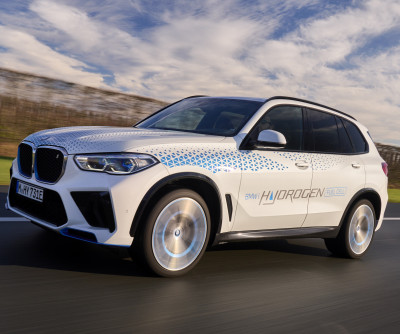



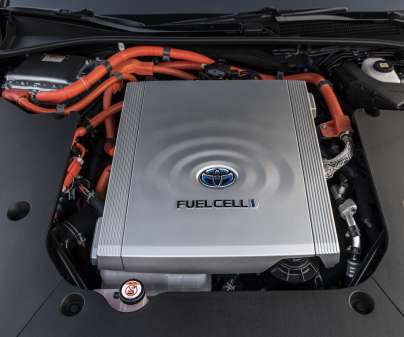
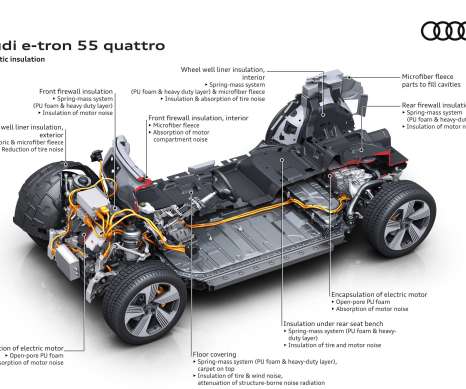



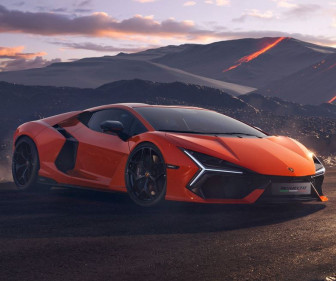












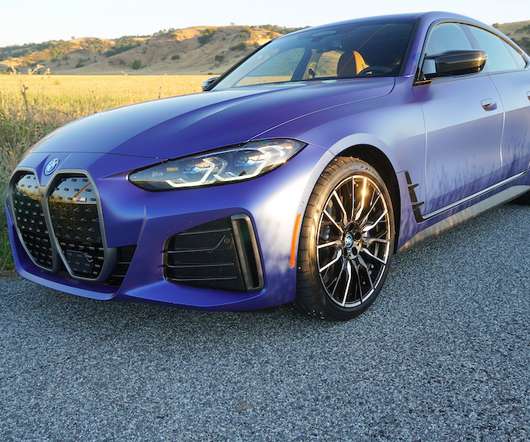
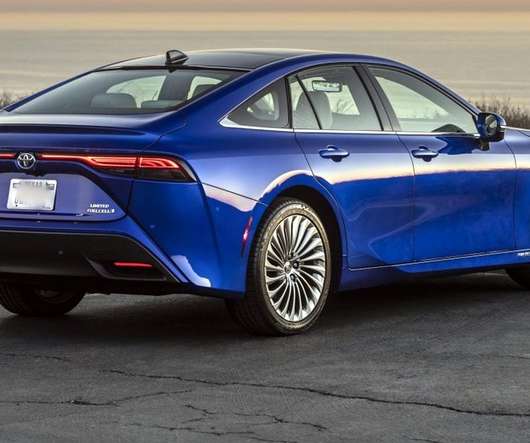






Let's personalize your content